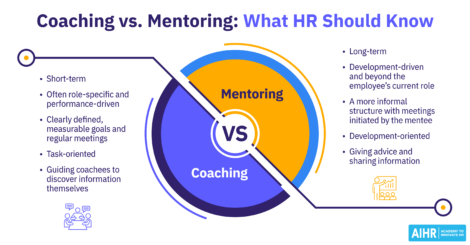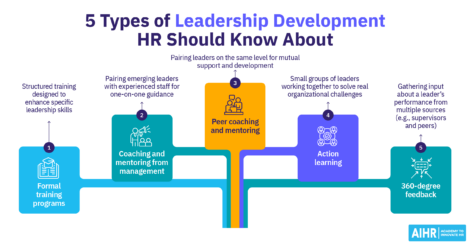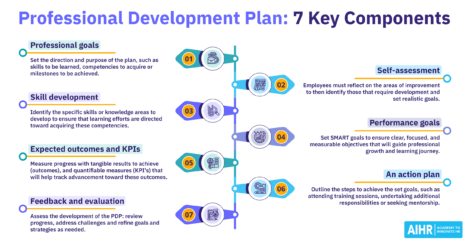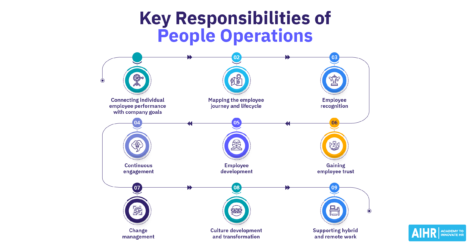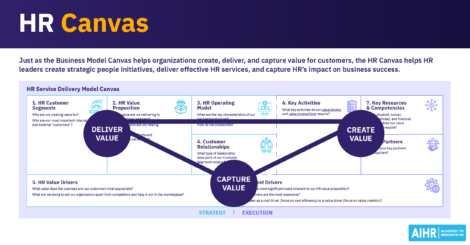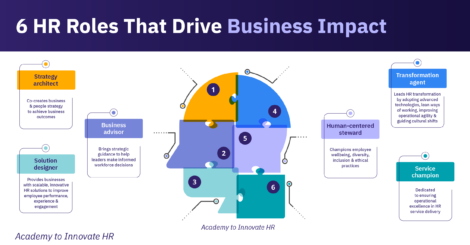Training New Employees Effectively: All You Need To Know
When a new employee joins a company, this is the start of a new story for both parties. As with any new relationship, the foundation for its success is laid at the start and built on trust, mutual commitment, and, in the case of employment, solid new-hire training.
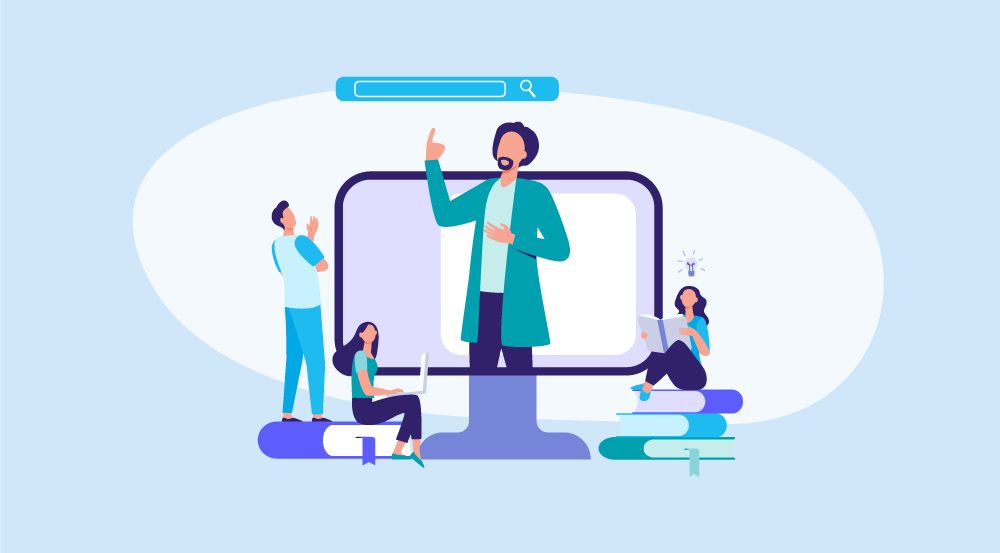
Training new employees is critical to their success in their role and, by extension, to the success of the organization as a whole. But how can they be trained effectively?
In this article, we discuss new employee training and its key elements. We examine the difference between onboarding and new hire training and share best practices and tips for training new employees. Let’s go!
Contents
Importance of training new employees
Key components of new hire training
Who is responsible for training new employees?
Onboarding vs. new hire training
Types of new employee training methods
How to train new employees effectively
FAQ
Importance of training new employees
The primary purpose of training new employees is twofold: ensuring that they succeed in their role and that the organization gets a return on its investment for hiring them.
But there are more reasons why it’s important to train new hires, including:
- Preparation, productivity, and retention: Training new hires prepares them to do their job, enables them to reach optimum productivity as soon as possible, and increases the likelihood of them staying with the company longer.
- Lower new hire turnover: Onboarding and new employee training are intertwined. As such, many people who receive poor onboarding and job training leave the organization within the first year, meaning investing in new employee training also helps companies prevent new hire turnover and increase retention.
- Higher engagement: Additionally, a high-quality new employee training (program) positively impacts employee engagement. Research shows that employees who feel sufficiently trained are 27% more engaged than those who don’t.
Key components of new hire training
During the new hire training period, the employee should gain a more in-depth understanding of the job responsibilities, the core competencies, key metrics and KPIs, departmental and individual goals, and, ultimately, what success looks like for the role. Training new employees focuses on the following:
Job expectations
All parties involved should know exactly what expectations come with the job from the start. The hiring manager should be able to explain the essential functions of the job, what needs to be done, and, to a certain extent, how it should be done (in terms of cultural norms and managerial preferences).
The manager should also be able to share key milestones and due dates and explain why the role is important to the department and organizational strategy. An organizational chart may help the new hire understand how they fit into the larger organization and where their internal stakeholders are located.
Another aspect of this is performance management. The new employee needs to understand how their performance will be measured, what tools or systems will be used to track their progress, and what the feedback process looks like. This includes clear communication about performance reviews, probationary periods, and growth opportunities. Providing examples of past successes in the role or team can also help set expectations and inspire confidence.
Departmental goals & objectives
In the training process, the hiring manager shares the department’s goals and objectives and how they support the broader organizational focus. This will help the new employee understand how they and their role contribute to the success of the department and the company, which creates a sense of ownership, purpose, and belonging in new hires.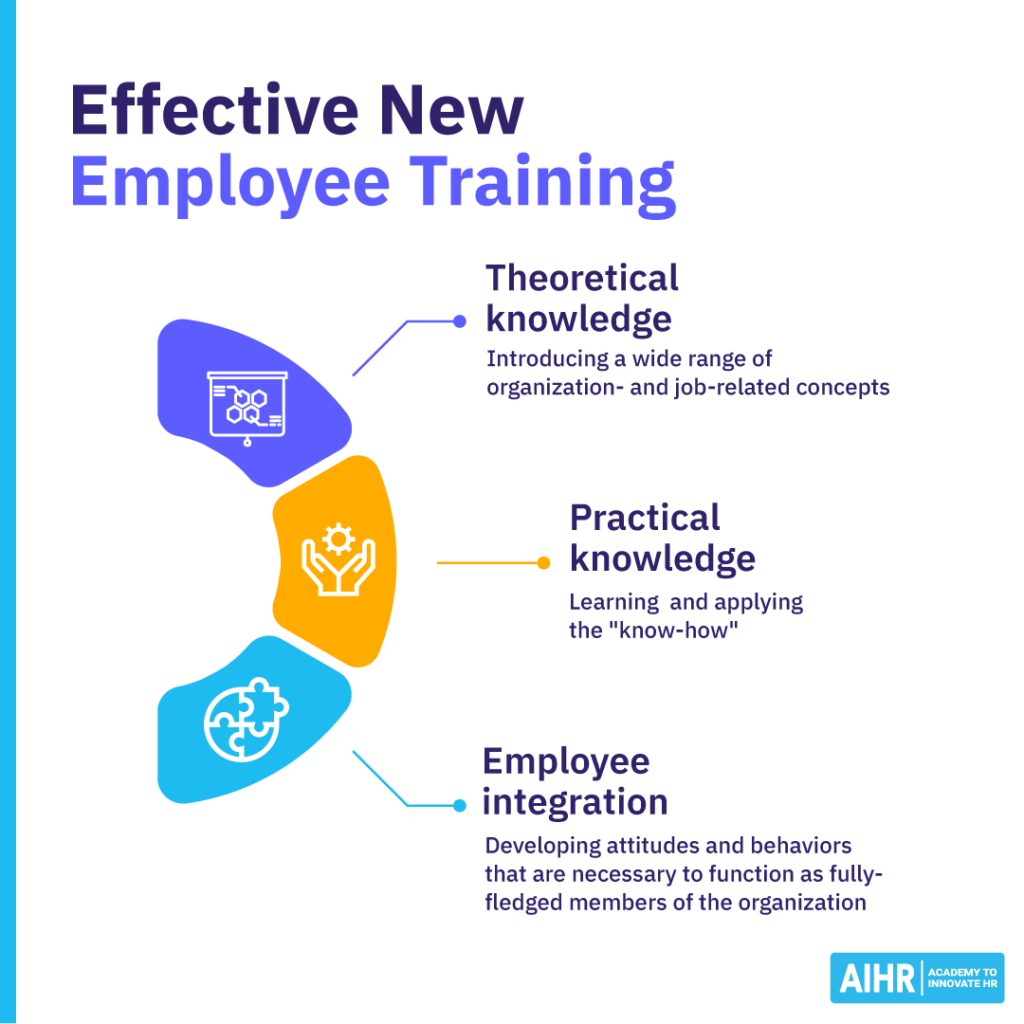
Processes & workflows
New employees need to know how the work is done and get a thorough understanding of the processes and workflows. Therefore, training on, for example, how a new product is brought to market, how to process an insurance claim, or how to approve time off in the attendance management system is critical to new hires’ success in their roles.
They will need dedicated training on these processes and workflows and, ideally, opportunities to practice before doing the work independently.
Policies
While new employees tend to receive the company’s employee handbook during their preboarding or onboarding, they can absorb only so much information at once. To help the new hire focus, the hiring manager should highlight key policies. These can include the code of conduct, time management, and other policies impacting the role.
Technology & systems
Every organization has its own particular set of technology and systems that it uses to operate. While some may be familiar to new hires, others won’t. That’s why most new employees will require training to become proficient in one or more of these systems.
It’s essential to introduce the new hire to the tools most relevant to their department and role and train them on how to use them. Think, for example, of a CRM platform, an HRIS, or the company’s project management tool.
Teaching new hires to use these and other tools effectively through training sessions and user manuals is a better use of time than learning by trial and error.
Key stakeholders
Identify and introduce the key stakeholders to the new hire early on. They need to be aware of how their roles intersect and what each stakeholder expects.
If there is a protocol for communicating with stakeholders and staff within and outside the chain of command, the manager should also share this information with the new employee.
Who is responsible for training new employees?
An effective new hire training program tailored to the employee and the role requires a collaborative effort between the following parties:
- The hiring manager
- HR
- The new employee and;
- Their (direct) co-workers.
In larger organizations, the Learning & Development (L&D) department will also be involved. Put simply, training new hires is a shared responsibility of multiple stakeholders, requiring a high level of collaboration.
Here’s what each of these parties’ roles may look like:
The hiring manager
The hiring manager tends to be the go-to person for the new hires whenever they encounter an issue or have a question about their training. For this and other reasons, the manager should also be in charge of putting together a role-specific training program for the new employee. As the one leading the team, the hiring manager knows exactly what’s required for the role.
While developing the training program, the manager can (should) also consult with their current team members, as they will have valuable input as they are currently doing the work. During this process, the hiring manager can, of course, also turn to HR (or L&D) for guidance where needed, as they have the knowledge and experience to build effective training programs.
HR and L&D
HR and L&D’s role is to set the framework for training programs, providing a structured, scalable, and consistent approach to new hire training. At the same time, they enable managers to customize training to meet the specific needs of their teams and roles.
For example, HR might create a standard training checklist that includes foundational corporate training—such as mandatory compliance training, an introduction to company culture, and a guide to internal tools. Managers can then build on this foundation by adding role-specific sessions, like technical software training or opportunities for shadowing experienced team members. HR can also advise managers on choosing the most suitable training methods.
Beyond onboarding, HR and L&D play a key role in guiding managers on how to support the long-term growth and development of their employees. This includes helping managers identify opportunities for skill development, career progression, and alignment with organizational goals, ensuring employees remain engaged and prepared for future challenges.
Additionally, HR, L&D, and managers need to be aware of and sensitive to the organization’s direction, the impact any changes may have on the business unit, and how those changes seep into the employee’s role.
The new hire
Despite all the efforts from the hiring manager, HR, and colleagues, the new hire is ultimately responsible for successful training. They are the ones who need to take the training, ask questions if they pop up, and put whatever they learned into practice on a daily basis.
Everyone else can provide the framework, tools, and support, but the new employee needs to put in the effort. Moreover, they need to provide regular feedback to (among others) their hiring manager about the new employee training they received so that the company can keep fine-tuning its program for future hires.
Co-workers
While they are perhaps not the first people we think about when we ask who is responsible for training new employees, a new hire’s co-workers also play a big part in this process.
They may be the first people a new employee turns to when they have a question. More than a manager, they will know exactly how to explain certain things and support their new colleague, especially if they joined the company recently as well or are in the same role or team as the new hire.
As such, a person’s co-workers can make or break a new hire’s training experience and subsequent job success.
Onboarding vs. new hire training
While both employee onboarding and new hire training start at the beginning of an employee’s journey with a company and continue throughout their first weeks and months, they are two different (albeit often intertwined) processes.
Onboarding, or better yet, preboarding, begins as soon as a candidate accepts the job offer. Preboarding prepares and engages new hires for their roles prior to their official start date. It involves things like:
- Sending welcome emails
- Preparing and sharing the onboarding agenda
- Completing new hire paperwork
- Getting the work environment and equipment ready.
Onboarding starts on people’s first day in their new role. The goal of employee onboarding is twofold: getting new hires operational as quickly as possible and shaping their critical first impressions of the company. Typical onboarding activities include:
- Meeting the manager and the team
- Being introduced to one’s 30-60-90-day plan
- An introduction to the organization, its values, and company culture
- A workplace tour.
New hire training, on the other hand, focuses on teaching people the competencies, skills, and behaviors needed for the role, how to complete tasks, how to operate equipment and software, and how to function in the organization. In other words, it trains employees to actually do the job they were hired to do. As such, it is a crucial part of the employee onboarding process.
Types of new employee training methods
The methods of training new employees depend on the organization’s resources, the complexity of the role, and the different ways people (prefer to) learn. Successful training combines different methods to cement the conveyed information and new knowledge. The more complex the organization and its processes are, the more critical new employee training and repetition become.
There are various training methods that can be beneficial to new hires, including:
- Instructor-led-learning. In-person or virtual learning, either in 1-on-1 or a classroom setting.
- E-learning: Self-paced, on-demand, drip learning, or asynchronous learning.
- On-the-job training: This can be learning by doing while getting guidance from a manager or an experienced colleague, for example.
- Job shadowing: Here, a new hire can follow a more experienced employee as they perform the tasks and activities the new employee will assume.
- Mentoring: In this case, the new hire is assigned to someone who can guide them and provide advice about progressing in their field of interest or a particular role.
- Workshops and interactive sessions: Small group discussions or activities where employees can practice skills, ask questions, and engage in real-time problem-solving.
- Peer learning: Opportunities for new hires to learn from more experienced colleagues within their team or department. This can include collaborative discussions, knowledge-sharing sessions, or informal Q&A opportunities that allow new employees to benefit from the expertise of seasoned team members.
How to train new employees effectively
When creating a new hire training program, consider the following best practices:
1. Start before your new hire’s first day
During their preboarding, let new hires know what training and L&D your company offers. This is mostly about managing people’s expectations.
If possible, share a brief onboarding agenda with them and include a training timeline so that your new hires have a clear idea of what awaits them and at what moment in time.
2. Make the training targeted and relevant
To train new employees effectively, their training should focus on the core competencies and behaviors that the new hire will need in their job. The training should be role-specific as this will help new team members become productive faster and set them up for long-term success.
To create relevant role-specific training, encourage managers to consult with existing employees on the training content; they will have unique insights into what new hires must know, when, and how it can be taught.
3. Combine various training methods
We have already briefly mentioned the importance of combining different training methods to ensure the effective training of new employees.
For example, some people learn best when listening to an instructor. In contrast, others prefer watching videos and answering questions about them afterward. Finally, there are people who thrive when they shadow a co-worker.
If and where possible, give new hires a couple of options they can choose from. Let them try different training methods (using learning technology and tools), find out what works best for them, and ask them for feedback about your training offering. Also, ensure that new employees have access to the training resources and can find them easily.
4. Consider peer training and mentoring
Besides providing input for the new hire training plans, there are other ways to involve existing employees in supporting the newbies. Some ways to implement peer learning into your new hire training include:
- Micro-mentoring: Micro-mentoring is a type of mentoring in the workplace that revolves around a specific topic or skill. It is an excellent, informal way to train new employees on a specific skill in just a few hours (or days).
- A buddy system: An onboarding buddy can help the new employee navigate company policies and procedures, introduce them to their team, act as a sounding board, and share knowledge and tips.
- Reverse mentoring: In a reverse mentoring situation, younger (or, in this case, newer) and less experienced employees mentor older and more experienced ones, and vice versa. This encourages a two-way exchange of skills, knowledge, and perspectives.
These training methods can boost a sense of camaraderie and engagement among employees and help new hires feel part of the team more quickly.
5. Exchange feedback frequently
Make sure your new employees receive regular feedback about how they’re doing with their training. An excellent way to do this is during their one-on-ones with their manager and a short (pulse) survey several times during their training journey.
We’ve mentioned this a couple of times already, but make sure you’re also asking new hires for feedback about their training experience. What do they find valuable, and what do they believe can be improved? Do they have suggestions on improving the new hire training program further?
6. Focus on continuous training
In your new hire training program, emphasize that as human beings, we’re never done learning. Even when employees successfully complete their new employee training, they will continue to learn new skills, competencies, and behaviors. Depending on your organization’s L&D structure, the new hire will then embark on a learning path associated with the role they’re in.
7. Measure new employee training effectiveness
Developing, implementing, and providing training for new hires is an investment. It takes time and resources, so you want to measure the effectiveness of your new hire training efforts.
Here are some metrics to consider using in that regard:
- Time to productivity: The time it takes for a new hire to reach a level where they can perform their job duties independently and efficiently.
- Cost of getting to Optimum Productivity Level (OPL): The total investment in training, resources, and support required for a new hire to reach their peak performance.
- New hire satisfaction: A measure of how satisfied new employees are with their onboarding and training experience, often gathered through surveys or feedback.
- New hire turnover: The rate at which new employees leave the organization within a specified time frame, indicating potential issues with onboarding or training.
- Training completion rate: The percentage of new hires who successfully complete the required training programs within the expected timeframe.
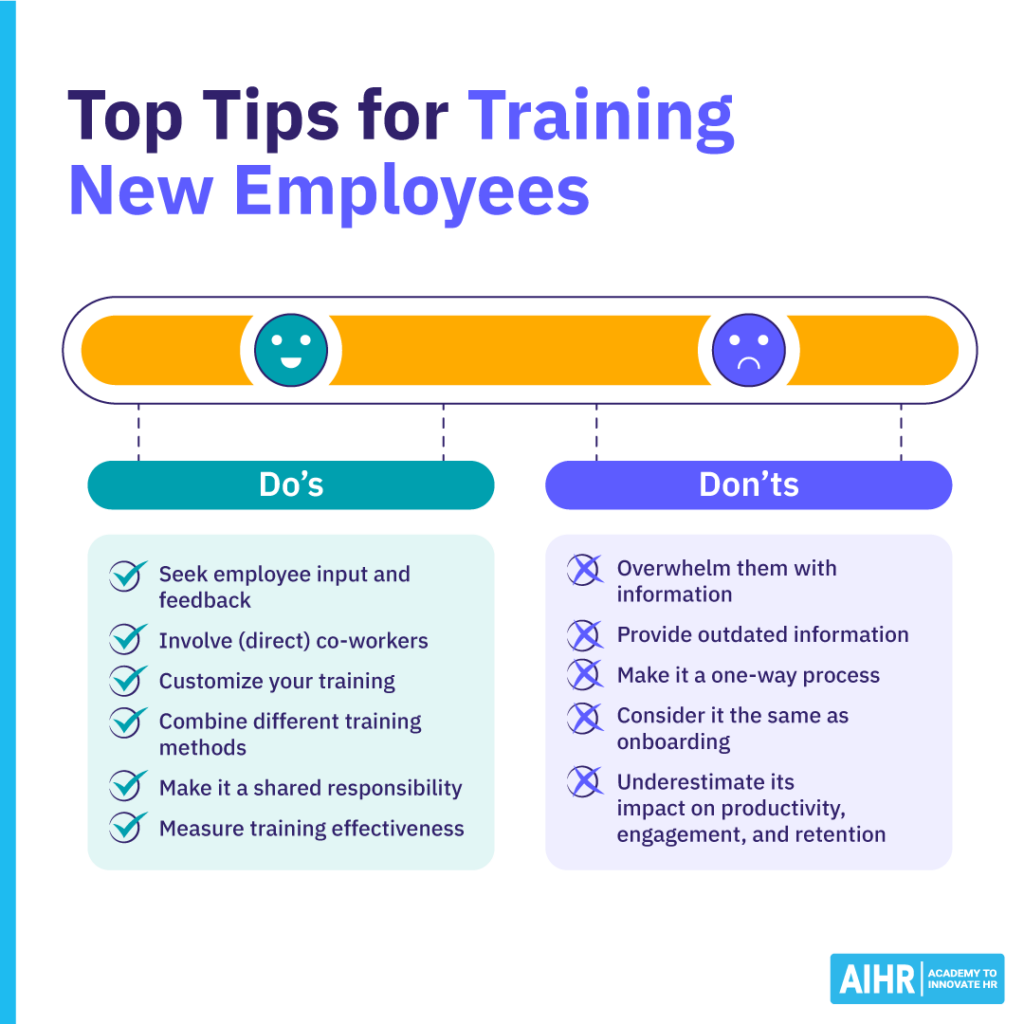
A final word
Training your new employees effectively and in a structured way means building a productive, engaged workforce and a successful business. While HR certainly has its role in providing the right training framework and supporting hiring managers where needed, the responsibility for new hire training is a shared one.
Don’t treat new hire training as an afterthought but rather as a core part of your onboarding process. That way, you’re ensuring that your new hires will perform well, be satisfied, and stay with your organization.
FAQ
The responsibility for training new employees is shared by the manager, HR (and L&D), the employee themselves, and their (direct) co-workers.
The process of training a new employee will differ depending on, among other things, their role and the complexity of the organization they’re in. Ideally, though, the new hire training process starts during preboarding and continues throughout onboarding and likely beyond.
The average cost of training a new employee depends on, among other things, the duration of their training and the resources needed to provide them with that training. Some costs to take into account include instructor/trainer salaries and costs and lost productivity during the training.
Learn more
Related articles
Are you ready for the future of HR?
Learn modern and relevant HR skills, online








